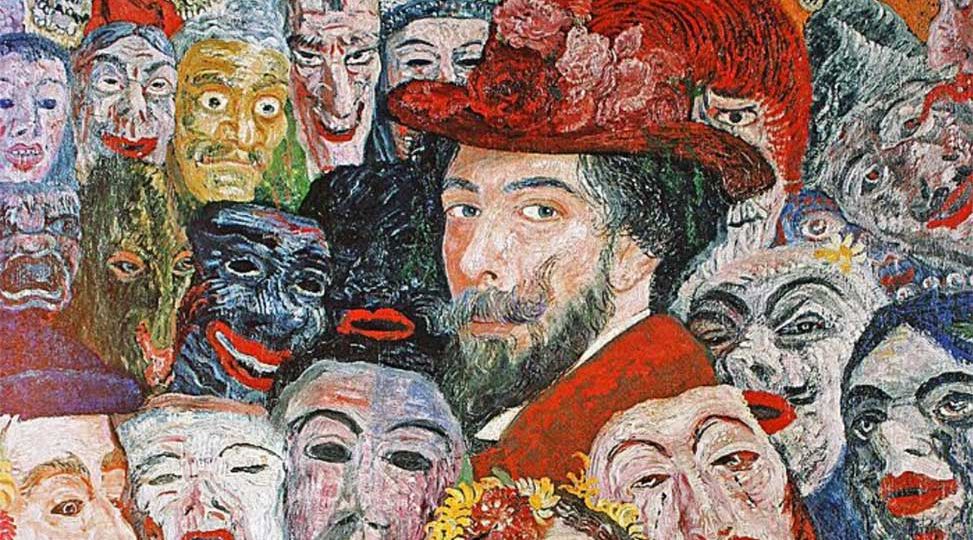
Type and Other Biases
Reflections on Difference by an ENFP Jewess
Laurie B. Lippin, February 1, 2012
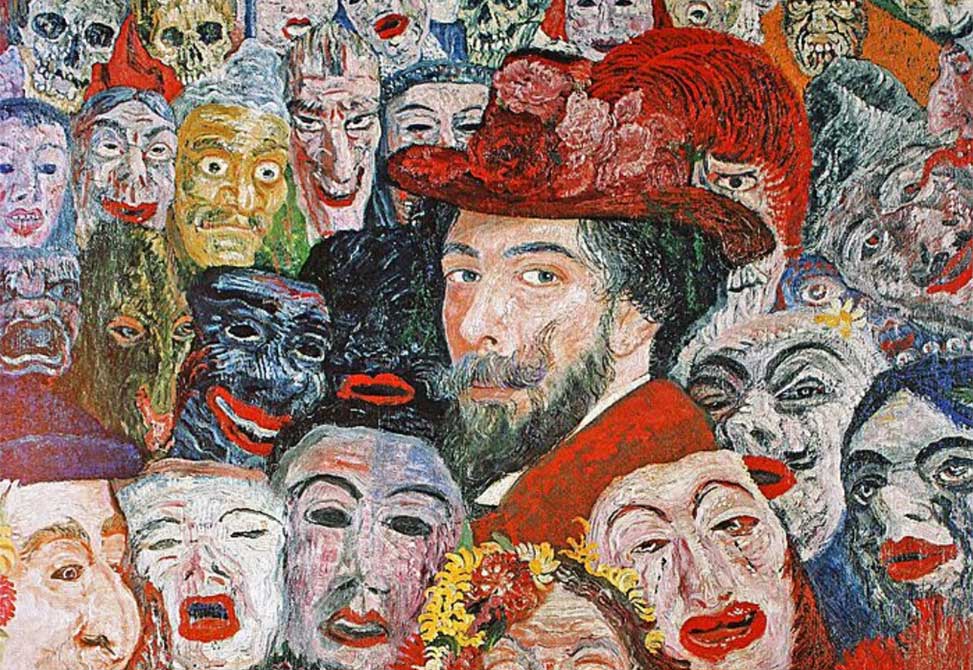
As I reflect on the many paths I followed, I am struck with how the paths themselves were influenced by the relationships I formed with specific individuals and communities. For as long as I can remember, my path has been a wandering one, which I can attribute now to psychological type preferences. Long before I found my Magician self, the Wanderer archetype spoke to me, with a longing that took me venturing into different environments. It was learning about my type preferences, the self-actualization motivation of an NF temperament, which helped me recognize the interior purpose behind the external wandering. It reminds me of the title of a much-loved book of Paulo Freire, We Make the Road by Walking. I have made my personal and professional life road into what it is today by the walking of it and share the beginning sections of that road here.
I call myself a ‘Jewess.’ I like the feel of the word in my mouth and the way it sounds, which seems to carry a bit of notoriety—a deliberate reclaiming of an epithet more often associated with anti-Semitism. My dominant extraverted intuition (Ne) as well as my NF temperament provides easy identification with the magician archetype; I seek to rename, to empower the image, imbuing it with my own meaning.
I was born in 1942 into a Jewish ghetto in Boston, the third of four daughters to Russian-descended parents whose need to assimilate was as much affected by thousands of years of Jewish oppression as by the specific events of WWII. Because of the family imperative to assimilate and appear less like “greenhorns” (outsiders), I was not taught their Yiddish language, and, unfortunately grew up monolingual, with only the bare trappings of the rich Eastern European culture I was much later to crave and seek out. But I did grow up with Friday night Shabbat, always with a shiny coated, braided challah and the fragrant smells of chicken in the oven, with a mother who covered her head with a cloth napkin to kindle the Shabbos candles and recite the ancient blessing, with bagels and lox, with yearly Passover Seders at which my otherwise absentee father presided and chanted a fluent Hebrew I was unaware he even knew. I grew up a ‘holiday Jew’ in our own little world, and I loved all of it and continue these practices today.
However, there was an outside world I also identified with, so my Jewishness was not without a shadow of internalized anti-Semitism that did not surface until early adulthood, and which I never truly recognized until I was doing my own diversity work as a professional. The form my internalized ‘ism’ took was a physical manifestation, plain as the nose on my face: I got a nose job. This speaks to my internalized inferior introverted sensing (Si) as well as other deep-seated inferiorities.
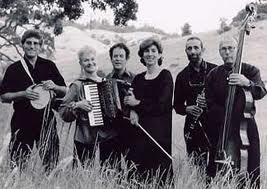
When I tell my personal social geography story, in the context of an anti-racism workshop, sharing how initially I had never identified myself as a ‘white person,’ I explain that for Jews, there was ‘us’ and there were ‘goyim.’ To Jews, everyone who is not Jewish is a goy. The word goyim, a Hebrew and Yiddish plural form of goy, translates as nation, literally meaning “the world.” We were not part of the world. Ironically and paradoxically even though we were the “chosen people” of the Old Testament, we saw ourselves as a persecuted, victimized, isolated small group separate from everyone else. The implicit message was that there was safety within the community and danger lurking outside. I most certainly was not scripted for the California diasporic life I am now living. That outside world, and even its danger, was a clarion call to my Heroic extraverted intuition.
Although that Boston ghetto was too small for me, and my bold, adventurous persona sought larger venues, the victim theme continued to have a pull on my life. I was always triggered to tears by an orphan character, in news stories, books, or movies. Not being an orphan, I wondered why I was so affected. In my early years I did not have the developmental tools to examine my inner experiences, the myriad of emotions and conflicting family loyalties stirred by my parents’ troubled marriage, and so my extraverted intuition created opportunities in an outside world, which quickly became my salvation.
Finishing one school program and going on to another was always my ticket to ride. There was never any doubt that I would attend college, having been tops in my class in high school. I was to become the only college graduate in my family. I also played the accordion—everything except Jewish music. But I had no idea what I wanted to do/be in my life. While my accomplishments made my parents proud, I had no easy relationship with my perfectionist, authoritarian ISTJ father (“What’s that B plus doing there?”). He was a pharmacist and had already expressed his dissatisfaction that I had no interest in taking over his drugstore. Each of us, from the time we were tall enough to reach the cash register, were required to work for him, and although I loved the people contact, and was good at whatever I was asked to do, the exactness and repetitive nature of the work did not appeal. Moreover, my father’s critical appraisal of whatever I did left me feeling unappreciated and resentful.
My world became defined by what I did not want to do and where I did not want to be. I found then, and still do today, that my introverted feeling (Fi) auxiliary has not developed into a good rudder for my dominant extraverted intuition. Unable to prioritize a complicated values system, and feeling the pull to leave my surroundings, I applied to only two universities, and ended up at Brandeis University, a perfect location for the intellectual superiority I was to adopt, and the hippie identity I was to grow into.

In Israel I was delighted with a mélange of sensing experiences. The world I entered was so different than the Eastern European-influenced neighborhoods of my upbringing. Jerusalem was bright and colorful. It offered me new tastes of exotic foods with pungent spices; the Arabic sounds of Middle Eastern music and instruments; and most importantly the darker faces of our Jewish tribe. Here were the Sephardic Jews descended from Spain and Portugal and exiled in 1492; Arabic Jews from Northern Africa, Iraq, and Iran; the Yemenites who had never left the Middle East. This then was the gathering of Jews from all over the world providing sharp contrast to my own Eastern European, Yiddish speaking, and light-skinned ancestors. Just as in my high school dating, I sought the outsider to my community. But in Israel it was harder to tell. My Israeli boyfriend Avram, while Jewish, was Sephardic, lower class, and dark-skinned; while totally attractive to me, he was looked down upon by the German Jews who ran our residential pension. In that experience, I learned about racism and classism within a group targeted for oppression.
I came back from the Israel experience with greater self-confidence and a new independence that served me well for that tumultuous decade of the 60s: those indelible and traumatic memories of assassinations, social protest, my own budding social consciousness, my move into political activism. My slippery auxiliary Fi function finally found footing, as I acted upon my need to be a part of creating new possibilities for people and the country.
I followed my non-Jewish nose. Not knowing what to do with a sociology degree, I left Boston to go to graduate social work school in NYC as one way of getting out of Boston; and although I found meaning in the situations I confronted, I was not happy with social work as a career path. When I did find a path that would deal with oppression on a larger societal scale, ironically I would have to identify myself as the oppressor, as a white person with privilege.
My extraverted intuition has always been opportunistic and romantic, carving my future out of what got presented to me, sometimes an accident of place and time. While social work would not claim me, it was at Columbia University in 1965 that I found a divergent path to social justice work. I was encouraged by my roommate Harriet to attend a talk by the parents of Michael Schwerner, one of the civil rights workers who had been murdered in Mississippi the previous year. Like me, Schwerner was Jewish, and had been a sociology major, and then a social work student at Columbia before he went to Mississippi as a community organizer for CORE (Congress of Racial Equality). Moved by all of this and fired up by the cause, both Harriet and I became volunteers for Operation Headstart to work with local preschool teachers in rural Mississippi.
I spent the summer of 1965 in segregated Moss Point, Mississippi living in the black community with a family of seven. I worked in a preschool by day, attended political meetings of the Freedom Democratic Party at night, and participated in the integration of all-white venues on the weekends. These actions were dangerous. We were resented and physically threatened by the white community whenever our mixed-race group went out. Once after integrating a local movie theater, we were escorted out of town by newly deputized townspeople who were waiting for us on the rooftops of the surrounding buildings with rifles pointed at us.
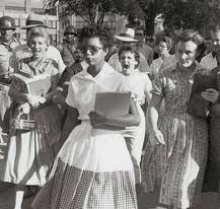
I returned to NYC with new eyes and ears and an even greater hunger for different, challenging experiences. My self-actualization persona was forged in my late 20’s and early 30’s. For four years, I was a member of an intentional community diverse in race, ethnicity, class, gender, and sexual orientation that was inspired by the transcendentalist Henry David Thoreau. I am at my best as an extraverted, active, experiential learner, and this exciting learning world forced me to experiment with my own strength in group sessions based on the Synanon model of encounter and confrontation. I know now that these and other early models of learning were the foundation for my own redirection into training and consulting, as the experiential education modality was an ideal fit for my natural gifts of communication and motivational skills. But I still didn’t know how to harness my assets, guided by my values, to find my heroic contribution to the world.
My last East Coast stop before my mid-life move to California was Maryland where I joined my old friend Harriet in the ‘new planned’ community of Columbia. I was a mother of a young son, soon to become a single parent, and found resources for my budding feminist consciousness through a local Women’s Center. Once again taken by an exciting and effective methodology for my own self-awareness and skills development, I pursued my own credentials in T-group facilitation skills and adult education techniques through the Mid-Atlantic Association for Training and Consulting (MATC) and ultimately became the Director of that Women’s Center. When a friend in the MATC world suggested me for a training position at the University of Maryland, I left the Women’s Center to develop my own training and training of trainers programs in group and leadership skills. This training was ultimately selected by Partners of the Americas for a two-year program in Rio De Janeiro, Brazil, which brought my wandering adventurer outside the country once again. Through these different opportunities, I was becoming clear that the combination of both creating and facilitating experiential design was well suited to my preferences. I especially flourished in any kind of teamwork where I could refine my many ideas in an extraverted setting, and profit from the feedback of others. Similarly I found that my most exciting work was in teambuilding itself.
It wasn’t until my University of Maryland experience that I got introduced to the MBTI®, Carl Jung, and Carol Pearson’s archetype theory (1991) that would shed some light on the seemingly disparate pieces of my story. Influenced by the classism of the academic setting, I began a Ph.D. program in Adult Education to recredential myself and also began using my skills as an independent training consultant.
I remember the weekend event in 1981 at which I got introduced to the MBTI. A university-based Human Relations Consortium had invited Kathy and Peter Myers to work with MATC trainers to present two full days of experiential activities on the type preferences. It was a match made in heaven. The Myers’, while expert in their content, were new to experiential adult education techniques and the human relations staff had not before designed and facilitated events centered on type. It was a great success for all and I fell in love not only with the instrument but the values behind it and the possibilities it could provide for people.
In the MBTI I found the self-understanding that I had been lacking; I saw myself finally as less of a dilettante than an adaptive explorer, and a powerful implementer of all I had learned. All my life I had been seeking/collecting knowledge and skills but had continued to be unclear about my ‘use of self.’ I finally saw my journey as a self-actualization journey. I also found the perfect instrument for my doctoral research.
So no longer just stumbling into my destiny, I was continuing my journey when my MBTI work with school principals led to a workshop with teachers at the state prison for women, which in turn led to an MBTI introductory workshop for inmates. I remember one of the inmates voicing aloud at the conclusion of our workshop how wonderful it would be if all the inmates knew their types. She planted the idea in me that day. The warden, an ENTJ herself and fond of the instrument, was agreeable and I enlisted support from CPP and CAPT who each contributed materials for the project: “The Examination of the Personality Types of Incarcerated Women at the Maryland Correctional Institution for Women” (1989).
I randomly selected 100 inmates to whom I delivered the MBTI in group administrations and, using my experiential education skills, conducted four daylong experiential workshops. My sample matched the racial distribution of the prison population, which was primarily black and white in a percentage ratio of 65/35. Statistical analysis revealed significantly different type preference patterns for the two racial groups. Fifty percent of the black inmates were Introverts and Sensing types (the upper left quadrant of the type table), while the modal group for whites was Intuitive and Feeling. These factors had great bearing on everything, from the crimes they had committed to the efficacy of rehabilitation programs within the prison. That information also set off rockets in my head, as I realized how our discipline was incorrectly generalizing type patterns without accounting for race differences. I began my own personal lifelong campaign to have race/ethnicity information included in MBTI instruments for data collection and analysis and encouraged all type practitioners to include information about race in their type reporting.
On a qualitative level, there were many memorable type-aha moments during our workshops. I learned a great deal from the inmates. On hearing that both she and the warden had the same type preferences, one woman said, “Gee, she’s an ENTJ, and I’m an ENTJ, so how come she’s there and I’m here?” She had never before imagined herself in an accomplished light. The inmates also discussed the impact of their own lack of logical decision-making with regard to committing their crimes. They declared that Feeling type victims of domestic violence, with their pleasing harmony-seeking preference, were more likely to stay with their abusers, while the Thinking types were much more likely to leave.
Although I was to face much disappointment in the disinterest of the correctional community to my research results, that body of work was an important contribution to my own development. I pursued a Ph.D. in 1988 when I was already in my late 40s, and benefited from the mid-life access to my less preferred functions. I not only developed my inferior Sensing and Thinking skills that were both called into play for statistical analysis, I thoroughly enjoyed the process and couldn’t stop running statistical analysis tables. The MBTI quickly became a passion in my professional life, accompanying my skills in experiential design and training and my academic credentials in Adult Education.
With the Ph.D. completed, so was my time on the East Coast. When asked what brought me to the northern California portion of my life, I call it my mid-life adventure. From my friendship and work with Carol Pearson in Maryland, I had a new appreciation for the archetypes that had been active in my life. In her later work, Carol renamed the Wanderer as the Seeker, and described it as adventuring “to satisfy an inner hunger or yearning.” My Seeker resurfaced and hungered to experience myself in a different geography and amidst a different consciousness. In some ways it felt like I was traveling to where I always belonged—a homecoming of sorts. Fearing conformity and seeking a better life, this archetype, this part of me, is a seeker of my deeper self.
While somewhat unrealistic in my expectations and impulsive and romantic as ever, my California Hero’s quest eventually manifested in the potential I knew was here for me, for California was in the forefront of racial and sexual orientation diversity issues. I once again joined radical communities to be a part of what was to become a powerful movement, and began another experiential apprenticeship to finally interrogate my own social identities, as a Jewess, as a white person, as a bisexual. I often joked that I thought the self-actualization aspect of my personality type preferences would surely be finished by the time I was 50, only to discover that the mid-life years provided the deepest journey and productivity of them all. My four-year group experience of learning what it meant to be a white person produced a process that I was then able to write about (2001). Out of acknowledging my own white privilege and internalized superiority came the ability to create experiences for others that became the cornerstone of my diversity work and teaching at UC Davis. The Magician in my ENFP communicator persona came into her own as she found and delivered the empowering possibilities for others within a social justice context.
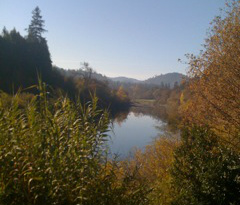
As I look back at the different roads I took on my quintessential ENFP journey, on the outside worlds that called and attracted me, I honor the deep inner work required to find my own real self. But I’m not finished yet, and no longer think I should be. The greatest challenge today in my late 60s is to resist that outer world of possibilities, and to have the patience and stability to live more deeply into my own interior world. My Sage and crone self now knows that it is necessary to retreat from the constantly-beckoning people and activities of the extraverted world. To create a more conducive environment for inner adventuring into my less well-known functions, I have bought a house on the Russian River in the ancient redwoods. I hope I can stay still long enough for them to teach me their wisdom.
References
Helfand, J. & Lippin, L. (2001). Understanding racism/unraveling whiteness: tools for the journey. Dubuque, IA: Kendall-Hunt.
Lippin, L. (1989). Incarcerated women’s personality type preference by race and crime [Monograph]. Gainesville, FL: CAPT.
Pearson, C. (1991). Awakening the hero within. San Francisco, CA: Harper.
Header Image
James Ensor, “Portrait Surrounded by Masks,” 1899
* Editors’ Note: This is the first of a 2-part series. The second part, by Stephanie Puentes, will appear in the next issue.


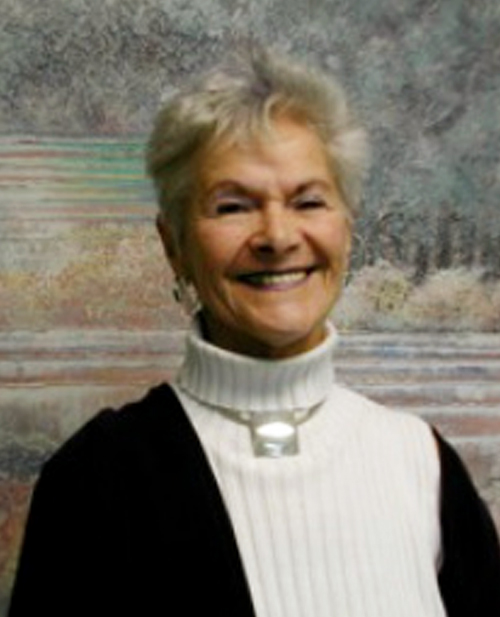
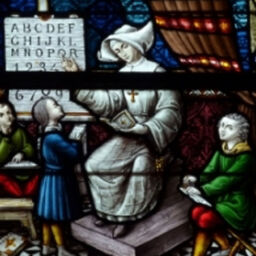
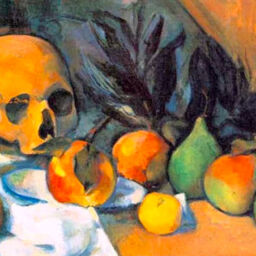
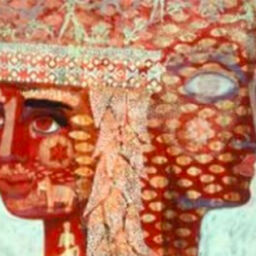
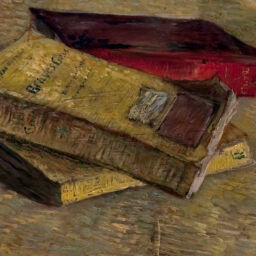
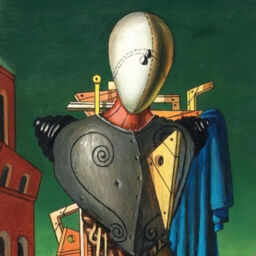
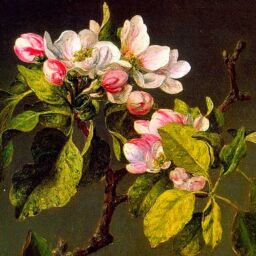
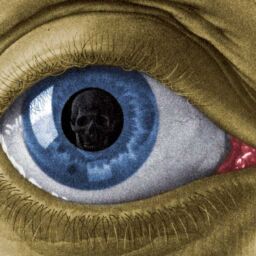
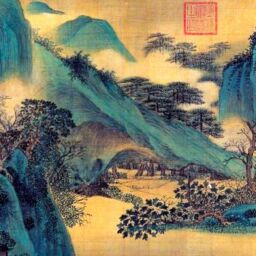
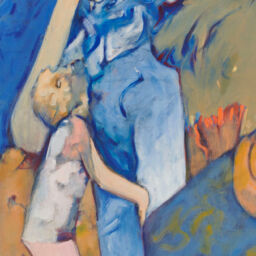
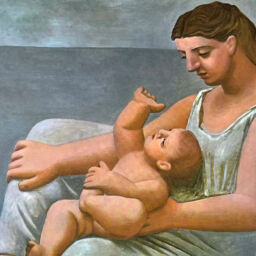
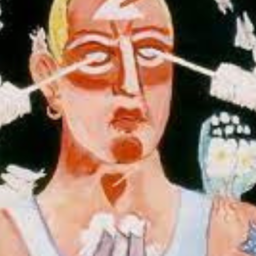
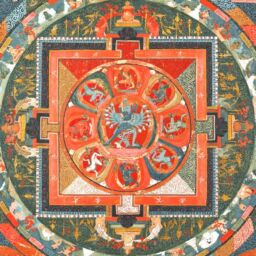
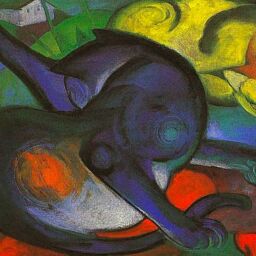
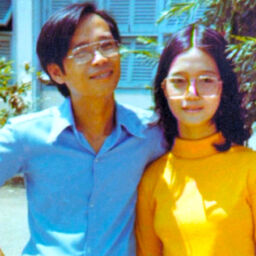
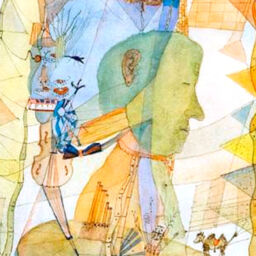
When I originally commented I clicked the -Notify me when new comments are added- checkbox and now each time a comment is added I get 4 emails with the same comment. Is there any manner you may take away me from that service? Thanks!
I truly enjoyed reading about you and am glad to know the MATC influence lives on. I was a trainer (even coordinated a two day workshop in Columbia) for MATC back in the seventies and early eighties.
I have always felt the experiences and training I got from MATC were the foundation of my leadership and interaction style as a school administrator and as a person. As for MBTI, I even did a two year experiment, when I was a director of instruction, which placed students in classes of teachers with the same.MBTI. As a superintendent, and consultant in the US and overseas, I ran several MATC based leadership and HI type training programs because unfortunately MATC was coming to an end and there was no place to send anyone.
I still have several of the old MATC manuals and of course many fond memories of people and workshops.
Laurie,
I’m a 74 years young ENFP male. I have been certified to administer MB profile for about 15 years. Thoroughly enjoyed your delightful accounting of your life journey, and saw many ‘touch-stones’ of my own. Thank you for being so open, expressive and engaging in your account.
Marty Wilson
So beautiful, this story. So meaningful. Although I have heard many parts of Laurie’s life story, this is the first to hear it in this context of MBTI, archetypes and social justice all together. Thank you for sharing it, Laurie.